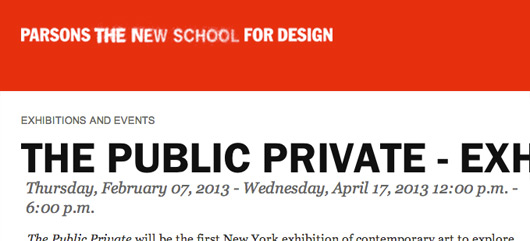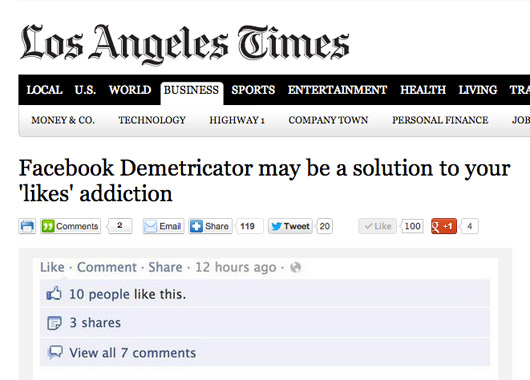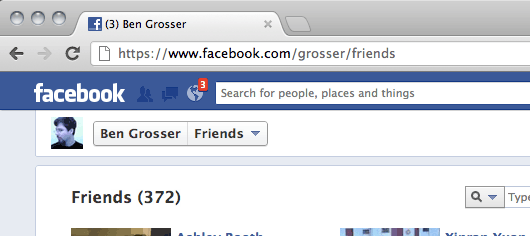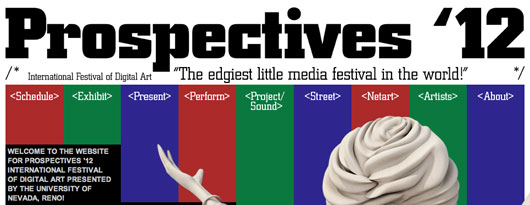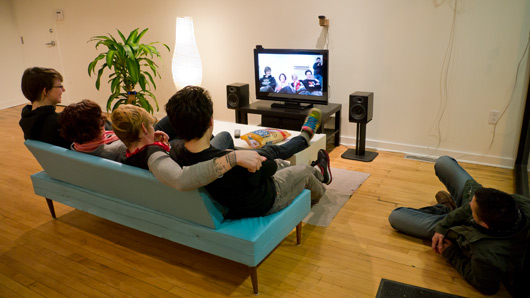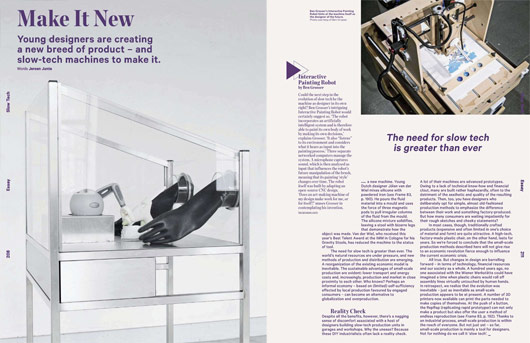
User-Public-Audience 2012
I’ll be delivering a paper presentation at User-Public-Audience 2012, a joint conference between the University of Illinois and the KTH Royal Institute of Technology on interdisciplinary and transnational approaches to research in media and digital cultures. My talk is part of the first paper session, between 10:45am and 12 noon at the Levis Faculty Center.
Title:
How Revealed Metrics Guide User Behavior in the Facebook Interface
Abstract:
Within software studies and computational aesthetics, scholars such as Matthew Fuller (2003, 2008) and Vito Campanelli (2010) have explored how the designs of software lead to certain types of behaviors in its users. However, a new trend within these designs—namely the relentless foregrounding of database counts as fundamental interface elements—has received little attention in the literature. This paper explores the role of these revealed metrics with the interface of Facebook, examining how such quantifications lead Facebook’s users to increase their engagement with the site. For example, would those users add as many new friends to their network if they weren’t constantly confronted with how many friends they have? Would they write as many new status messages if Facebook didn’t reduce the responses they generate (and their authors) to an aggregate value? What happens when this focus on quantity leads users to measure their social value within metric terms? To explore these questions I have built a software-based artwork called Facebook Demetricator that removes these metrics from the interface. The work invites the site’s users to try the system without these things, to see how their experience is changed by their absence, to enable a network society that isn’t dependent on quantification. I argue that these enumerations of social connection play right into our capitalism-inspired innate desire for more, encouraging increased user contribution to the site’s databases, and creating a near-addictive pattern of engagement with the system.
References:
Campanelli, Vito. (2010). Web Aesthetics: How Digital Media Affect Culture and Society. Rotterdam: NAi Publishers.
Fuller, Matthew. (2003). Behind the Blip: Essays on the Culture of Software. Brooklyn, N.Y.: Autonomedia.
Fuller, Matthew. (2008). Software Studies \ A Lexicon. Cambridge, Mass.: MIT Press.
